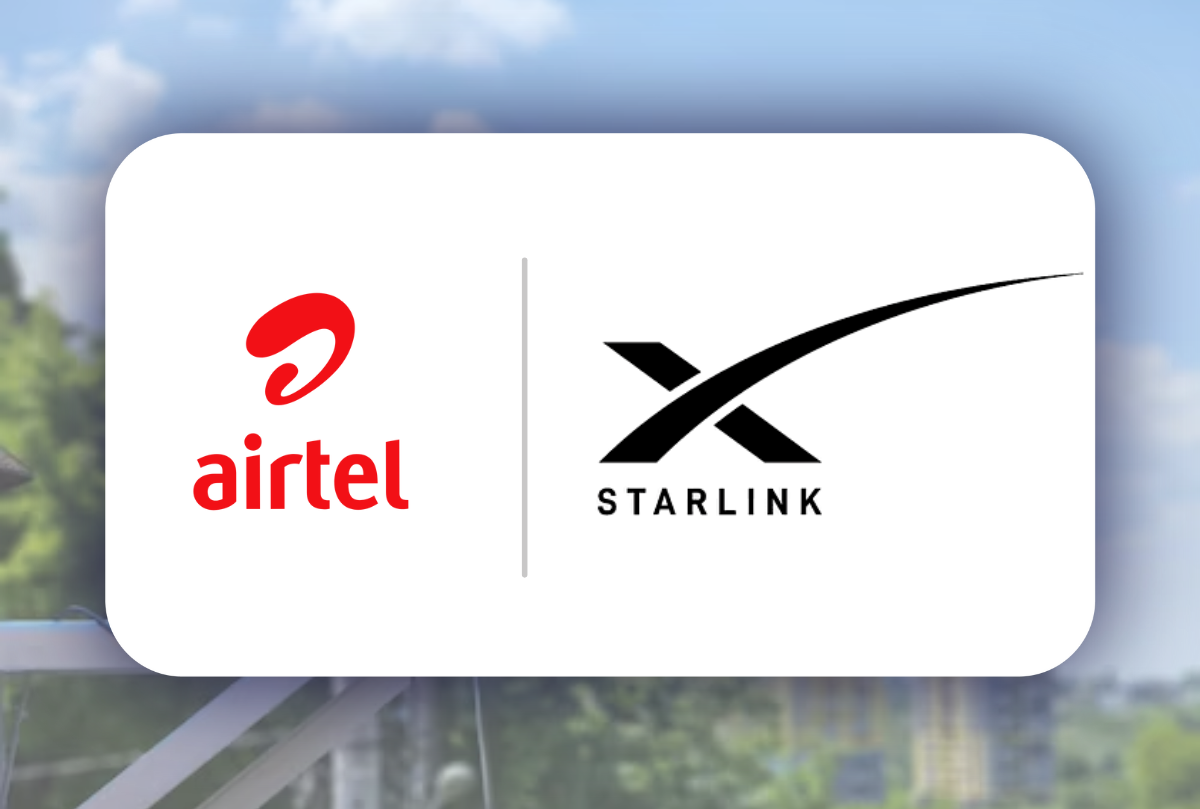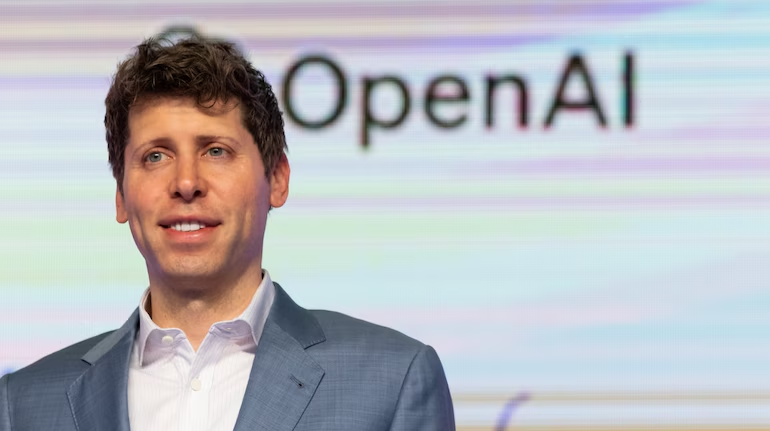AMD shares surged 25% in premarket trading Monday after OpenAI revealed plans to take up to a 10% stake in the chipmaker through a massive multi-year partnership.
The deal cements AMD’s position as a key supplier in the rapidly expanding artificial intelligence infrastructure race and marks one of the largest GPU deployment agreements in the industry’s history.
The agreement will see OpenAI deploy 6 gigawatts of AMD’s Instinct graphics processing units (GPUs) over several years, starting with an initial 1-gigawatt rollout in the second half of 2026.
AMD has issued OpenAI a warrant for up to 160 million shares of its common stock, with vesting milestones linked to both deployment volume and AMD’s share performance.
If fully exercised, the warrant would give OpenAI around 10% ownership in AMD, based on current shares outstanding. The ChatGPT maker described the deal as worth “billions,” though it declined to disclose specific figures.
Sam Altman, CEO of OpenAI, said AMD’s “leadership in high-performance chips will enable us to accelerate progress and bring the benefits of advanced AI to everyone faster.”
For AMD, the deal is a validation of its Instinct GPU roadmap and a rare victory in its battle to challenge Nvidia’s dominance in AI computing. After trailing its rival for years, AMD now gains a marquee customer leading the generative AI revolution.
AMD CEO Lisa Su called the agreement “a true win-win enabling the world’s most ambitious AI buildout and advancing the entire AI ecosystem.”
The tie-up also positions AMD as a core partner in OpenAI’s massive infrastructure strategy, which aims to diversify supply chains and reduce dependence on Nvidia.
Analysts say the partnership could help ease industry-wide GPU bottlenecks, as OpenAI spreads its chip sourcing across multiple vendors to meet soaring AI compute demands.
Nvidia shares slipped 1% in premarket trading following the announcement, signaling investor caution over potential competition.
Just two weeks ago, OpenAI unveiled a landmark $100 billion equity-and-supply deal with Nvidia that gave the chipmaker a stake in OpenAI while securing long-term GPU supply.
That Nvidia agreement covered 10 gigawatts of compute capacity, part of OpenAI’s broader 23-gigawatt infrastructure roadmap, while the AMD deal adds another 6 gigawatts. Together, these projects represent roughly $1 trillion in new infrastructure spending in less than a month, underscoring the staggering capital intensity of the AI arms race.
OpenAI’s partnership network now spans the key players shaping the AI economy. Nvidia is providing capital and hardware, Oracle is building data centers, AMD and Broadcom are stepping in as chip suppliers, and OpenAI anchors demand through model development.
The result is a tightly interwoven ecosystem where compute, equity, and financing circulate among a handful of major players.
Industry analysts warn that this concentration could expose the sector to risks if any link in the chain falters—whether through supply shortages, capital constraints, or production delays.
Nonetheless, the current momentum highlights how AI infrastructure has become a new frontier for trillion-dollar investments and strategic alliances.
The AMD deal also strengthens OpenAI’s push to become one of the world’s largest AI infrastructure builders.
Through its ambitious Stargate project, the company is constructing massive data centers across the U.S., including sites in Texas, New Mexico, and Ohio.
The Abilene, Texas facility, already operational with Nvidia chips, is expected to expand to include AMD hardware in future phases.
OpenAI’s broader roadmap blends its partnerships into a single, integrated ecosystem designed to support successive generations of large language models.
The addition of AMD not only diversifies its chip sources but also signals confidence in AMD’s technological competitiveness in next-generation AI compute.
The AMD-OpenAI alliance is more than a supply agreement, it’s a defining moment in the race to control the future of artificial intelligence. It demonstrates how major players are merging capital and compute strategies to secure dominance in an increasingly crowded market.
For AMD, this partnership could reshape its market trajectory, transforming it from a secondary player to a cornerstone of the global AI chip supply chain.
For OpenAI, it represents another step toward securing the compute power required to sustain the next phase of the AI revolution.
























